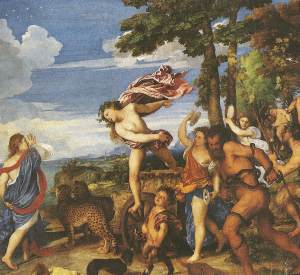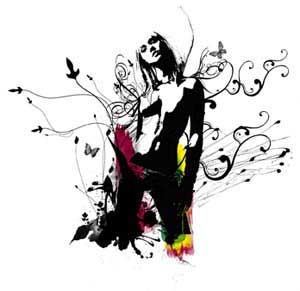
Credit to Apple
And I sat there and thought, "Why?" The old icon was perfectly fine: why go and change their icon?

Credit to Apple
So then I also contemplated why certain companies have changed their looks multiple times over the years they've been in business.

Credit to Google Images and GAP


Credit to Google Images and Bath and Body Works

Credit to Google Images and Windows
So what is the logic behind the change in certain icons/logos/labels of products?
Times change: new generations are born every decade, now almost even less. So I think that designers are trying to appeal to newer generations by modernizing their products and their logos. Sometimes it's subtle: take the Bath and Body Works products, for example. They have had several different designed labels, but I think designers in the company have decided that they needed to change the look of the products so that it doesn't necessarily show everything in that scent anymore. In the Warm Vanilla Sugar old label, there was a picture of sugar cubes. In the new label, it shows a vanilla-colored ribbon in the background instead. Why change it so you can't see the products that it smells like? I can't say for sure because I'm not the designer, but I think it's to make it simple for people and to make it so that they may be more intrigued to smell the fragrance instead of seeing the sugar cubes and saying, "Ew, no, I don't like sugary smells. I automatically won't smell it." They have also changed their bottle design during season changes: during the holiday season, they have snowflakes on their labels to give it a more festive feel.
For other companies, they have their reasons in the changing of their labels/logos/icons. As I had said before, it's mostly about the times and the changing of the generations and what appeals to them. I think that if a company lasts long enough, they should probably change their logos every once in a while so that they will have customers think that, "Oh wow! They're hip and with it!" It might boost sales with the new generation that sees the newer logo, but some of the public reacts badly.
Take GAP's most recent example: after trying to change their look, they received a bunch of bad reviews from their audience. They learned from this experience and kept their old logo.
Companies don't know whether it will compliment or condemn their companies if they change their logos: however, some companies have the money to pay designers to create their new logo. Whether it's good or not, at least it gives designers an opportunity to give a company a new face.










%5B2%5D.jpg?imgmax=800)














